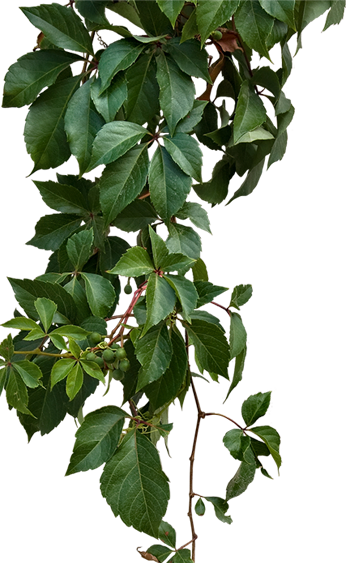
Aeroponics: The Future of Sustainable Farming in India, New Zealand, and UAE
- Home
- Aeroponics: The Future of Sustainable Farming in India, New Zealand, and UAE
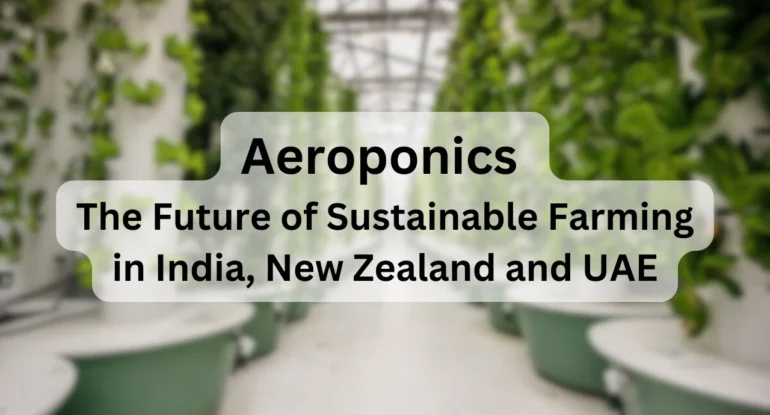
Aeroponics: The Future of Sustainable Farming in India, New Zealand, and UAE

Introduction to Aeroponics
Aeroponics is an innovative method of cultivating plants without the use of soil. Unlike traditional hydroponics, where roots are submerged in nutrient-rich water, aeroponics involves suspending plant roots in air and regularly misting them with a nutrient solution. This technique provides an efficient, sustainable, and high-yield solution to modern agricultural challenges.
Aeroponics is rapidly gaining popularity in countries like India, New Zealand, and the UAE due to its ability to conserve water, minimize land use, and produce healthy crops year-round.
Key Features of Aeroponic Systems
| Feature | Description |
|---|---|
| Water Conservation | Uses 90-95% less water than traditional farming methods. |
| Space Efficiency | Vertical stacking allows more plants to be grown in smaller areas, ideal for urban settings. |
| Rapid Growth | Plants grow faster due to optimal access to oxygen and nutrients. |
| Pest Control | Indoor aeroponics systems minimize exposure to pests and diseases. |
| Minimal Land Requirement | Suitable for areas with limited arable land, like urban centers or deserts. |
Types of Aeroponic Systems
1. Aeroponic Tower Systems : Aeroponic tower systems, such as the Aeroponic Tower Garden and Aeroponic Vertical Tower, are vertical structures that hold plants in stacked layers. These systems are ideal for urban areas and compact spaces.
2. Indoor Aeroponics Systems : Indoor aeroponics involves setting up systems inside controlled environments like greenhouses or homes. These setups are perfect for individuals interested in Aeroponic Farming at Home or starting an Indoor Aeroponic Garden.
3. Commercial Aeroponic Farms : Large-scale operations use Aeroponic Tower Farms or Aeroponic Vertical Farming systems to cultivate crops in bulk. These farms are particularly beneficial in urban settings or countries with limited farmland, such as the UAE.
Aeroponics Across Countries
India
Cities like Mumbai, Pune, Delhi, and Bangalore are adopting aeroponic systems to meet the growing demand for sustainable urban farming.
In rural areas, aeroponics is used for cultivating crops like strawberries, lettuce, and herbs.
Aeroponic Farming Equipment and Aeroponic System Kits are being widely distributed by manufacturers to support this transition.
New Zealand
Aeroponic systems are flourishing in cities like Auckland, Wellington, and Christchurch due to the country’s emphasis on sustainable agriculture.
Aeroponic vertical towers are being used for high-value crops like microgreens and exotic vegetables.
UAE
Cities such as Dubai, Abu Dhabi, and Sharjah are leveraging Aeroponic Vertical Farming to address the challenges of arid land and water scarcity.
Aeroponics is helping reduce the UAE’s reliance on imported produce, boosting food security.
Benefits of Aeroponics
| Benefit | Explanation |
|---|---|
| Higher Yield | Plants grow faster and healthier, resulting in greater productivity. |
| Water Efficiency | Ideal for countries like the UAE, where water resources are scarce. |
| Nutrient Efficiency | Precise delivery of nutrients ensures minimal wastage and better crop quality. |
| Year-Round Farming | Indoor setups allow cultivation regardless of external climate conditions. |
| Pest-Free Environment | Controlled setups reduce the risk of pest infestations. |
Setting Up an Aeroponic System
Steps for Aeroponic Farming
Choose the System Type : Decide between an Aeroponic Tower Garden, Indoor Aeroponic System, or large-scale Aeroponic Tower Farm.
Acquire Equipment : Obtain an Aeroponics Tower Kit or Aeroponic Farming Equipment. This includes misting systems, nutrient reservoirs, and grow lights for indoor setups.
Prepare the Nutrient Solution : Use a high-quality Aeroponic Nutrient Solution tailored to the crops you are growing.
Install the Setup : Arrange the system in a location with sufficient light or install artificial lighting for indoor farming.
Monitor and Maintain : Regularly check the misting system, nutrient levels, and plant health.
Indoor Aeroponic System with LED Grow Lights
An Indoor Aeroponic System is a controlled environment for growing plants indoors using aeroponics technology. It is particularly effective in urban homes, offices, and greenhouses where space, sunlight, and traditional farming methods are limited. These systems rely on artificial lighting, such as LED Grow Lights, to provide plants with the specific wavelengths of light they need for photosynthesis and optimal growth.
Key Components of an Indoor Aeroponic System
| Component | Function |
|---|---|
| Aeroponic Chamber | A closed or semi-closed chamber where plant roots are suspended in air. |
| Misting System | Delivers nutrient-rich mist directly to the roots. |
| Nutrient Reservoir | Stores and supplies the Aeroponic Nutrient Solution for misting. |
| LED Grow Lights | Provides the necessary light spectrum for plant growth, compensating for the lack of sunlight. |
| Vertical Towers | Structures like Aeroponic Vertical Towers or Aeroponic Tower Gardens for space efficiency. |
| Air Circulation System | Ensures proper airflow, preventing mold and ensuring root health. |
| Control System | Monitors misting schedules, light intensity, temperature, and humidity levels. |
Role of LED Grow Lights in Indoor Aeroponics
LED Grow Lights are a critical component of an Indoor Aeroponic System, as they replicate natural sunlight indoors. These lights emit the specific wavelengths (red and blue) needed for various stages of plant growth.
Benefits of Using LED Grow Lights
Energy Efficiency: LED lights consume less power compared to traditional lighting systems, reducing operational costs.
Customizable Light Spectrum: Allows tailoring of the light spectrum for different plant growth stages, such as germination, vegetative, and flowering phases.
Low Heat Output: Prevents overheating, which could harm delicate plants in confined indoor setups.
Durability: Long-lasting and reliable for continuous operation.
Space Optimization: Compact design fits seamlessly into vertical farming structures like Aeroponic Tower Farms.
Setting Up LED Grow Lights in an Indoor Aeroponic System
Determine Light Requirements
Most leafy greens require 12-16 hours of light daily.
Fruiting plants like tomatoes or strawberries may need higher light intensity for optimal growth.
Install Light Fixtures
Position the lights above the Aeroponic Vertical Tower or plants, ensuring even coverage.
Use adjustable mounts to control the distance between the lights and plants as they grow.
Optimize Light Spectrum
Use blue light (400-500 nm) during the vegetative stage for strong roots and healthy leaves.
Use red light (600-700 nm) during the flowering stage to promote blooming and fruiting.
Control Light Intensity
Install dimmers or programmable timers to regulate light intensity and duration based on plant needs.
Popular Crops for Aeroponic Farming
| Crop | Benefits in Aeroponic Systems |
|---|---|
| Lettuce and Spinach | Fast growth and consistent quality. |
| Strawberries | High yield with reduced water usage, especially in urban areas like Pune or Dubai. |
| Herbs (Basil, Mint) | Compact growth, perfect for Indoor Aeroponics. |
| Tomatoes | Enhanced flavor and size due to controlled nutrient delivery. |
| Microgreens | Ideal for vertical farming in New Zealand cities like Auckland and Wellington. |
Aeroponics: Challenges and Solutions
| Challenge | Solution |
|---|---|
| Initial Cost | While setup costs can be high, long-term savings in water, nutrients, and labor offset these expenses. |
| Technical Expertise | Comprehensive training and easy-to-use Aeroponic System Kits make systems more accessible. |
| Power Dependency | Backup power systems ensure uninterrupted operation in areas with unreliable electricity. |
Future of Aeroponics : Aeroponics holds immense potential for transforming agriculture in both developed and developing nations. As urbanization and climate change challenge traditional farming, aeroponics offers a sustainable, high-yield alternative.
Promising Innovations:
- Smart Aeroponic Systems: Integration of IoT and AI for precision farming.
- Compact Indoor Systems: Affordable Indoor Aeroponic Gardens for urban households.
- Community Farming: Aeroponic systems in community spaces to promote local food production.
Conclusion : Aeroponics is more than a farming method—it is a solution for the future of agriculture. By leveraging minimal resources, maximizing yield, and enabling urban cultivation, it addresses critical challenges like food security and environmental sustainability. Whether in the bustling cities of India, the sustainable hubs of New Zealand, or the arid landscapes of the UAE, aeroponics is proving to be a game-changer in modern farming.
By adopting aeroponics, individuals and communities can actively contribute to creating a greener, healthier planet.
- Blog Categories
- Basic of Artificial Lighting for Plants
- Basic of grow Light
- Case Studies
- General Awareness
- Indoor Vertical Farming
- Medical Plant Research
- Online Tool
- Pitch Grow Light
- Plant Lighting Measurement
- Speed Breeding
- Supplemental Lighting
- Tissue Culture Grow Lights
- Vertical Green Wall
- LED Grow Lights
- Pharma Segment
- General
Popular Products
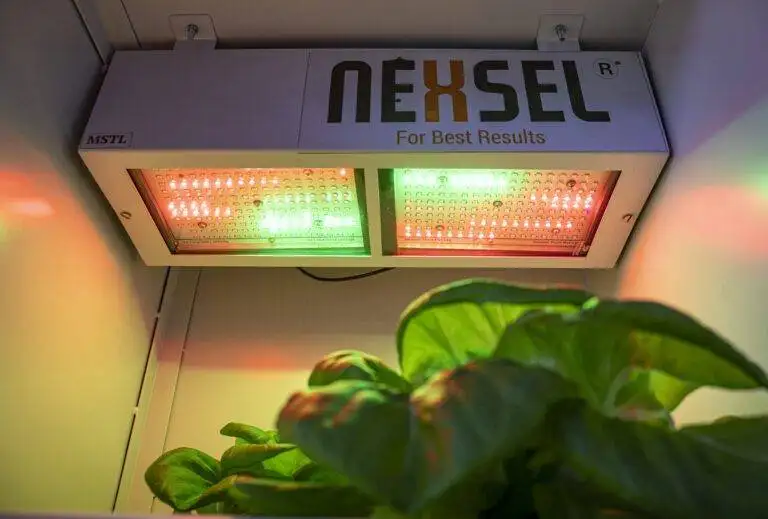
Enquire Now
Quick Link
Other Links
Design & Developed By VBTEK


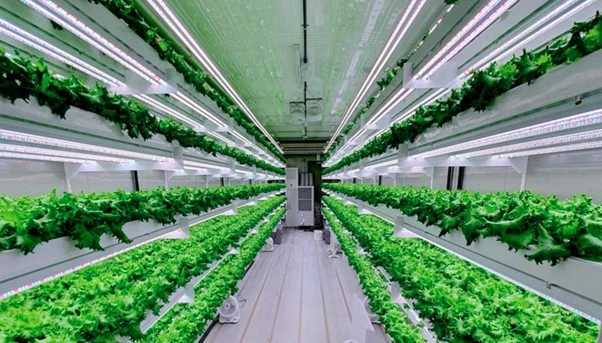
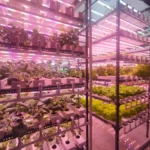
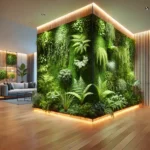

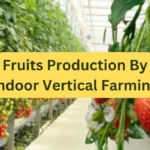
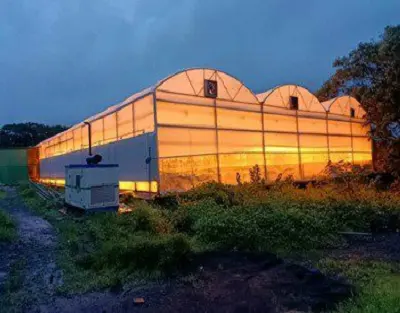
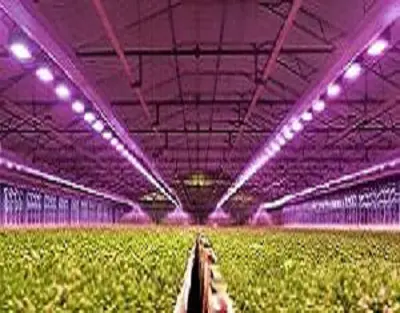
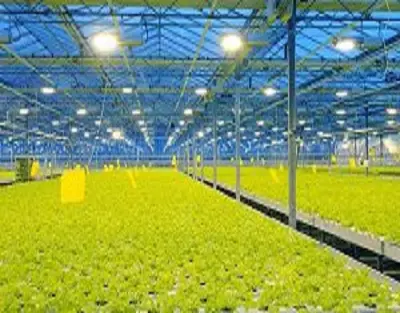
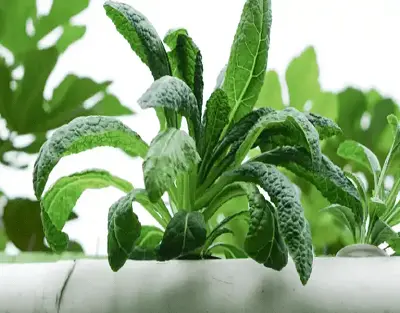
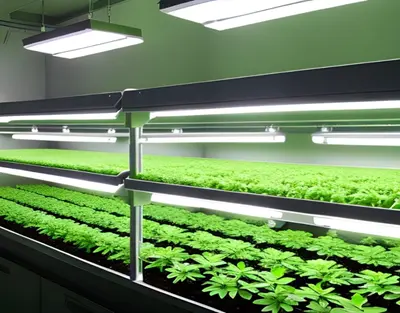
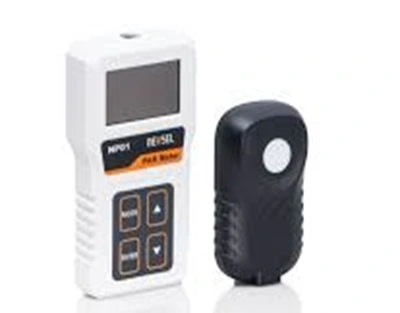
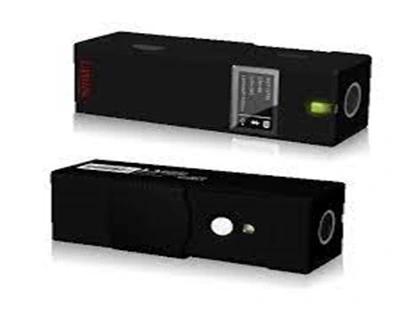
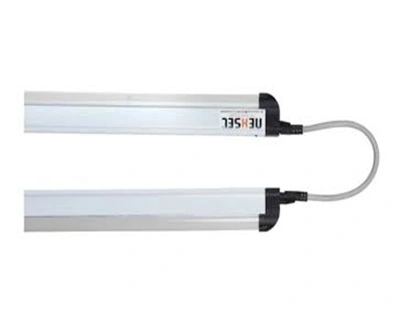
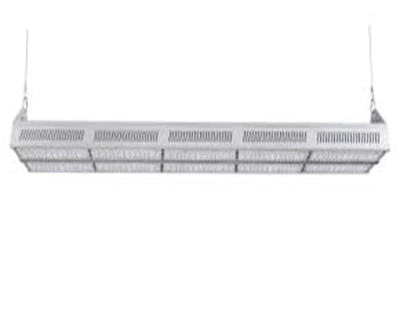
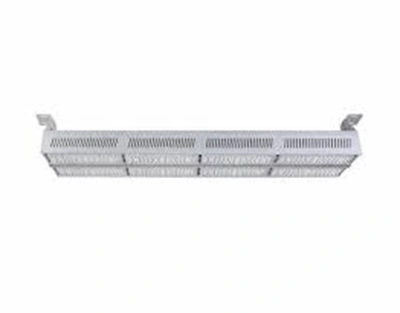
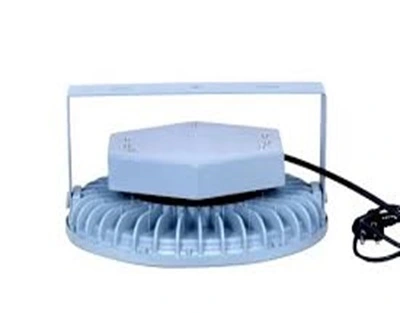
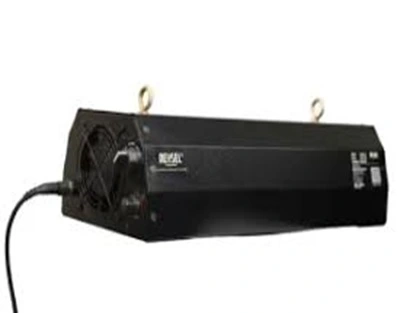
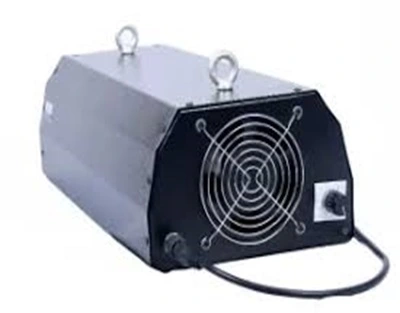
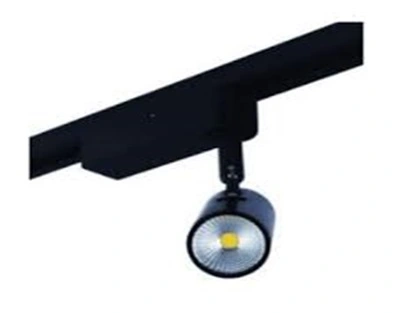
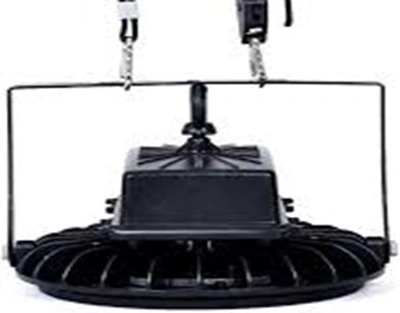
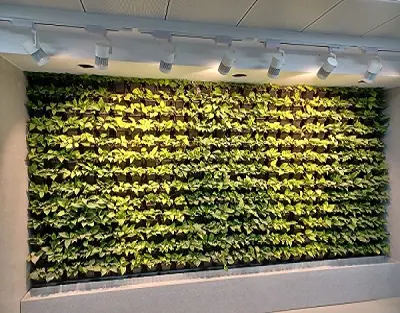
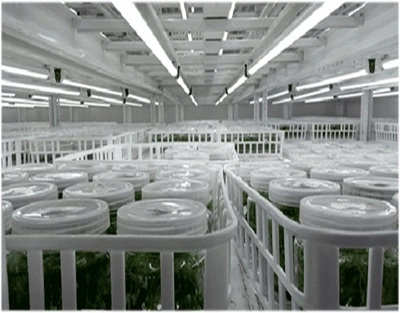
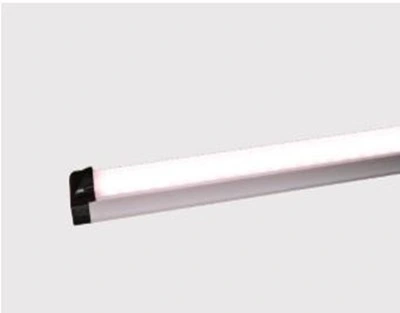
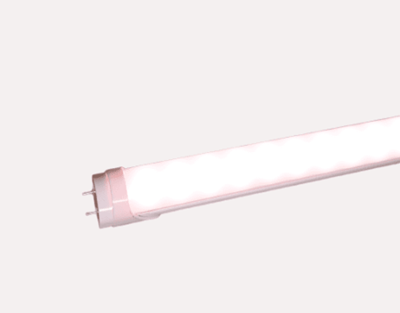
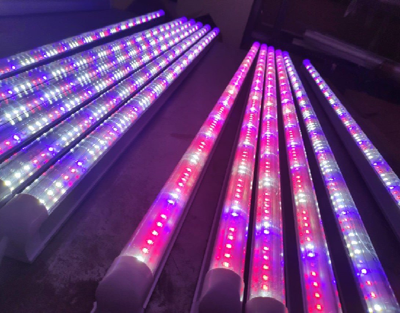
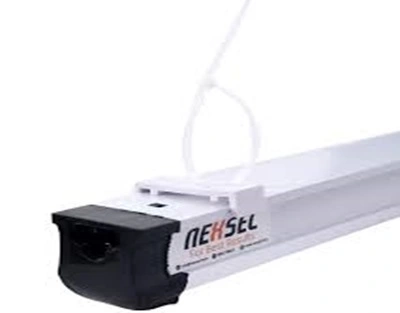
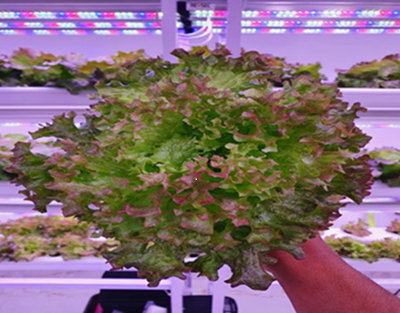
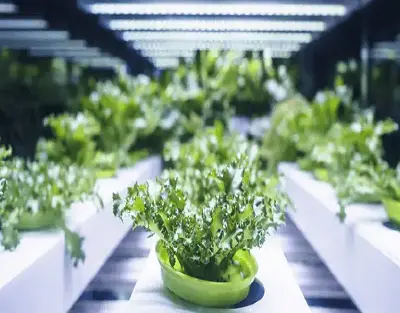
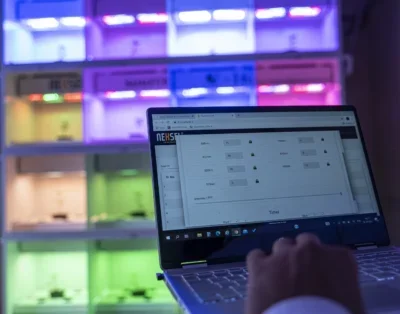


Leave A Comment